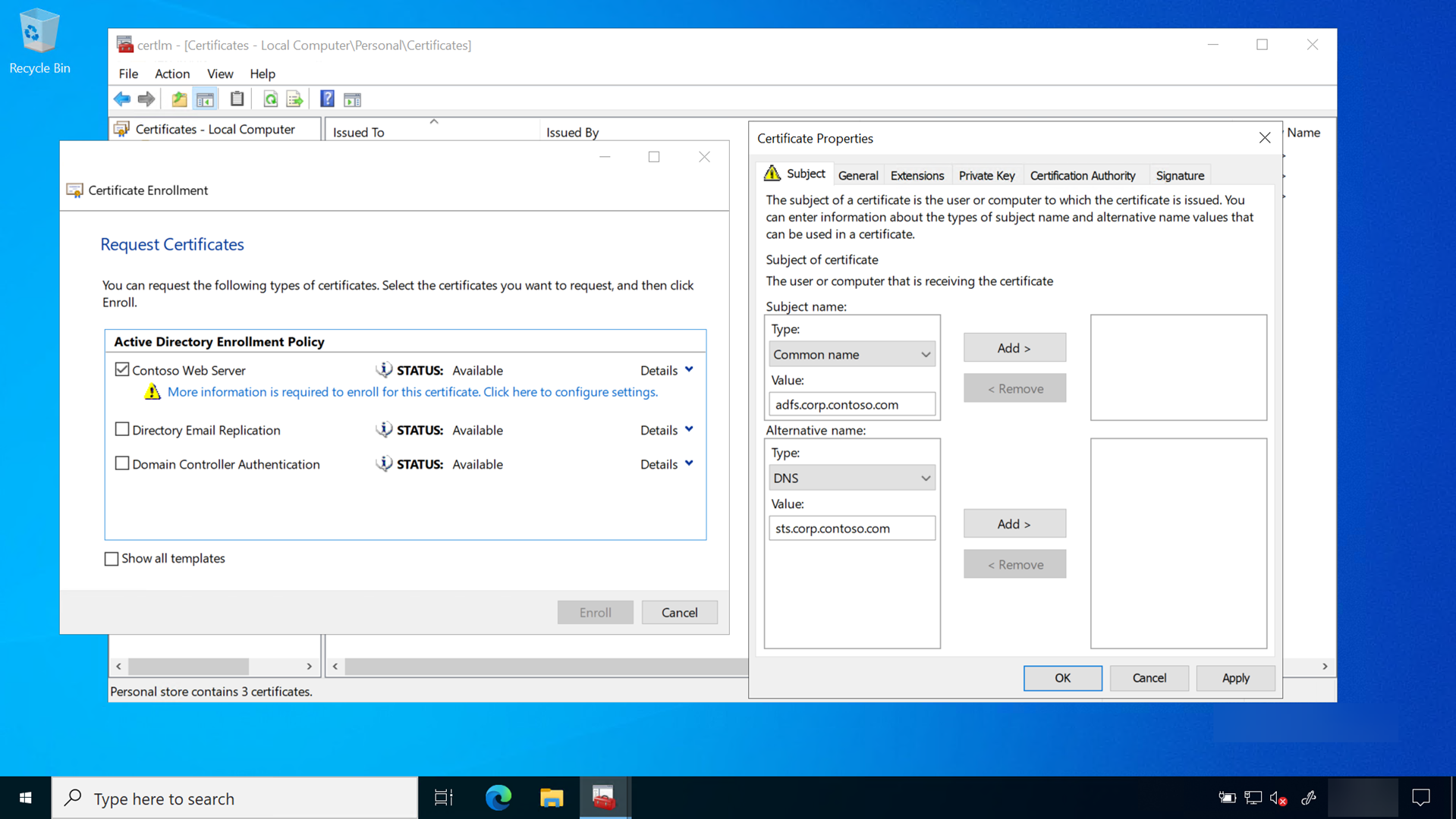
#Mac mail exchange internal server path windows domain keygen

We know that OOF response is sent back to the original sender of the message, so for OOF messages, the sender of the original message becomes the recipient when tracking. If you suspect a delivery problem, run a message trace from the Office 365 tenant. Check all the transport rules that may apply to the affected mailbox using step two of this article.
When OOF doesn’t seem to be sent for all users in the tenant, usually there is a transport rule causing the issue. The first category of issues we will talk about are issues related to OOF replies not being received by the sender of the original message. We will also discuss possible fixes and some more frequently seen issues you may have with OOF configuration. Now that we know what OOF replies are and how they are stored on the server, we can move on to address some of the scenarios where OOF is not sent to the sender. This server-side rule will send reply to the sender every time a message is received. Note: If you want to send response to the sender every time instead of just once, you can apply mailbox server side rule “have server reply using a specific message” to send automatic reply instead of using the OOF rule. OOF history is stored in the user’s mailbox and can be seen using MFCMapi tool at: Freebusy Data > PR_DELEGATED_BY_RULE. Recipients to whom the OOF was sent are stored in the OOF history and are cleared out when the OOF state changes (enabled/disabled) or the OOF rule is modified. So, if there are 4 Inbox rules, there will be 4 one for each rule, and the name of the rule is stored in PR_RULE_MSG_NAME.Īnd OOF rule templates in MFCMapi: History of OOF replies All Inbox rules will have the same message class and there is one message class and name for each Inbox rule.įor all rules, the name of the rule is in stored in the PR_RULE_MSG_NAME property. They are listed under the Message Class column. Logon > profile that you are accessing > Top of information store > Inbox > right click ‘Open associated contents table’. OOF rule detailsĪll Inbox rules can be viewed using MFCMapi tool: Note: Apart from OOF rule, other rules like the Junk Email rule will also have the “” message class the MSG_NAME will determine what the rule is for. If a mailbox has set only Internal OOF, there will be no external rule created and the mailbox will have one OOF rule. They are stored in the mailbox with the names in the following table. There are three types of OOF rules: Internal, External and Known Senders (Contact list). Other than using built-in OOF functionality, another thing people sometimes do is use rules to create an Out of Office message while they are away.īy design, Exchange Online Protection uses the high risk delivery pool (HRDP) to send the out of office replies, because they are lower priority messages. Admins can set up OOF replies on behalf of (forgetful) users from the M365 Admin Portal.

It can also be configured using other clients, such as Outlook on the web (OWA), PowerShell command ( Set-MailboxAutoRepl圜onfiguration). There are several ways of setting up automatic replies:įirst, it can be set up as an automatic reply feature from Outlook, like this. OOF rules are server-side rules, so the response is sent regardless of whether a client is running, or not. They are Inbox rules that are set in the user’s mailbox by the client. Out of Office replies are also known as OOF (or OOO) replies or automatic replies. By the way – did you ever wonder why “OOF” is used instead of “OOO”? If you did, see this! What is an Out of Office reply? Note that while we are writing this from the viewpoint of an Exchange Online configuration, many of same things can be applied to on-premises configuration also. OOF) reply might not get delivered to users. Out of Office replies can sometimes be a bit of a mystery to people how do they work? What do you do if they don’t work? In this blog post, we will discuss the bits and pieces of Out of Office and some of the main reasons why an Out of Office (aka. So, here it is: Understanding and troubleshooting Out of Office (OOF) replies With that said, I wanted to repost this article that was sent to me as this issue arises quite often in the workplace when someone has left for vacation and is not in the office. And although it has wavered greatly, I will remain positive and hope that someone will see the value that I can bring to their organization in the near future. Since the COVID-19 virus has managed to get me laid-off and not working, I have not had too much to post in the past months.


 0 kommentar(er)
0 kommentar(er)
